Common Types of Rodents

Although there are many different types of rodents, they can all have the same fatal impact on your business. Ecolab scientists best understand how to eliminate this risk through continued rodent research. The more we understand rodents, the better we can apply this knowledge to the advancements of equipment and service protocols to develop the winning playbook to apprehend rodents in their tracks. Below are the most common rodents you should keep an eye out for.
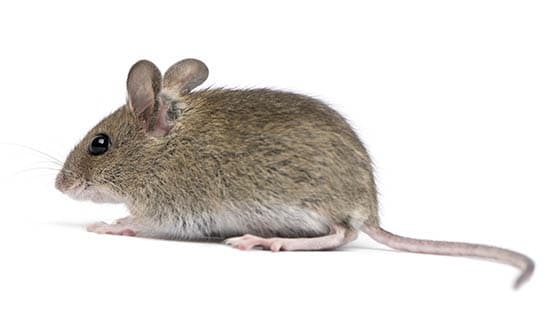
Deer Mouse
Peromyscus Maniculatus
This rodent is more likely to be found in woods, fields and gardens and eats seeds, fruits and insects. The field mouse is about 7 to 10cm and is usually brown-russet on the back and white on the abdomen. It is a very good climber; it can easily enter buildings in winter and autumn. It can transmit various diseases such as hantaviruses pulmonary syndrome.
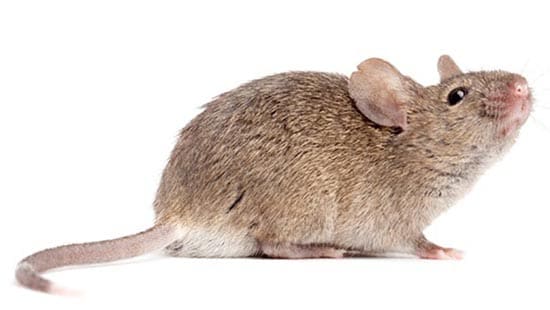
House Mouse
Mus Musculus
Small, with a slender body, the house mouse is about 2-3 inches (5-7 cm) long with a tail that adds another 3 to 4 inches (7-10 cm). Usually light brown to gray, this mouse has small black eyes, a pointed snout and large ears.
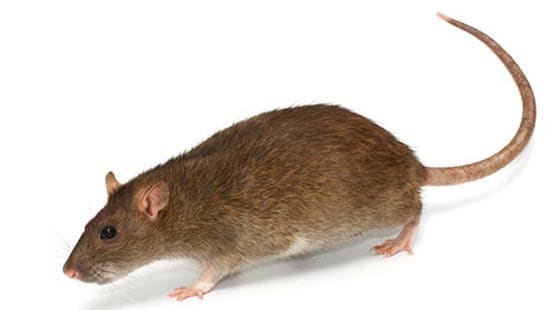
Norway Rat
Rattus Norvegicus
With a large, bulky body and small eyes and ears, the Norway rat is brown with coarse fur and a grayish-brown belly. Its tail is scaly and shorter than the approximately 16-inch (40 cm) length of its head and body.
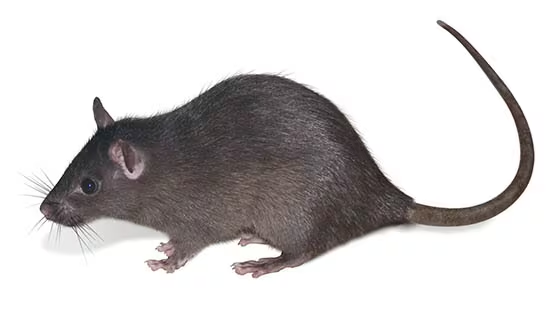
Roof Rat
Rattus Rattus
Black in color with a grayish belly and prominent eyes and ears, the roof rat is sleek and slim. Averaging about 14-1/2 inches (35 cm) long, it is a bit shorter than the Norway rat, but its hairless tail is longer than its head and body. As its name indicates, it is more likely to be found high in the facility.
Related Articles
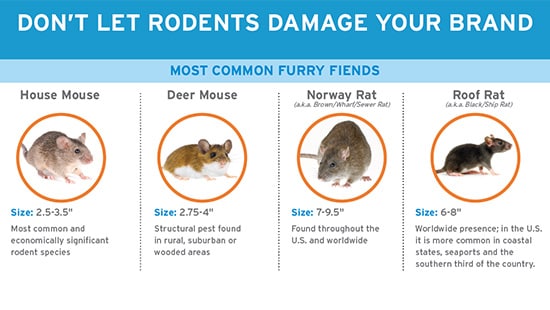
Download the Rodent Infographic
Learn about rodent biology and behavior as well as how to prevent them from entering your facility.


